Which Toxic Gas Is Commonly Produced by Fire
This incomplete combustion creates carbon monoxide with the accompanying risk of carbon monoxide. Gas fireplaces can be a potential source of carbon monoxide poisoning.

Bio Fuels Visual Ly Biomass Energy Energy Technology Sustainable Energy
What is the process called when a material decomposes upon being exposed.

. The major lethal factors in uncontrolled fires are toxic gases heat and oxygen deficiency. Smoke that is present during a structure fire is composed of several irritating toxic and asphyxiant chemicals depending on the materials that. The flammable range of any gas is widened in the presence of oxidizing gases such as oxygen or chlorine and by higher temperatures or pressures.
Generally vapours are produced through evaporation of volatile liquids. However exposure leads to a loss of smell so a person might think that the gas is no longer present. Gases and vapours are commonly encountered in the workplace at normal atmospheric pressure or elevated pressure.
They arise from very many industrial processes. Some but by no means all toxic gases are detectable by odor which can serve as a warning. Fire gases contain a mixture of fully oxidised products such as carbon dioxide CO 2 partially oxidised products such as carbon monoxide CO and aldehydes fuel and fuel degradation products such as aliphatic or aromatic hydrocarbons and other stable gas molecules such as hydrogen halides HCl HBr and hydrogen cyanide HCN Kaplan et al.
The risks they present can be flammable and explosive toxic and asphyxiating. Nylon polyurethane NO 2. When fossil fuels completely combust they produce carbon dioxide but when gas fireplaces are improperly ventilated or maintained the combustion can be incomplete.
Toxic Gases List Below is a list of toxic gases that must be stored under continuous ventilation either in a fume hood or ventilated gas cabinet. Toxic gases and particles typically released during building fires where they come from and the risk to human health. Hydrogen cyanide results from the burning of plastics such as PVC pipe and interferes with cellular respiration.
The main products of thermal decomposition and combustion responsible for fatal accidents or incapacitation are. Fires may release corrosive or toxic environmental contaminants such as to a building interior or to the wider exterior environment. During a fire depending upon the FR system used may increase yields of common toxic fire gases such as carbon monoxide and hydrogen cyanide and introduce additional toxic products such as acid gases.
The impact of toxic gases emitted during a fire on humans. Hydrogen Sulfide This is also known as sewer gas and has a smell like rotten eggs. CO CO 2 HCN and O 2 concentration loss in fire conditions with small amounts of nitrogen oxides.
The two most important fire ground toxic gases that utilize this pathway are carbon monoxide CO and hydrogen cyanide HCN commonly known in the fire service as The Toxic Twins. If you place an order for any of these gases SCS safety personnel will be notified and will need to verify that the gases will be able to be properly stored before the order can be approved. Toxic gas measurements show that numerous toxic species are generated during fire and mainly acid gases.
For these plywood fires CO dominates in relation to death and for impairment of escape the other three gases are more important and each plywood had. Which toxic gas is commonly produced by fire. For example the flammable range of hydrogen in oxygen gas is 4 to 85 percent and the flammable range of hydrogen in chlorine gas is 41 to 89 percent.
While the total amount of those products is not so important their low toxic thresholds impose to consider them for the toxic impact evaluation. It eliminates the bloods ability to deliver oxygen throughout the body. The most common carbon monoxide CO can be deadly even in small quantities as it replaced oxygen in the bloodstream.
The following toxic gases are the ones most commonly encountered in confined space work. The differences between LC 50 and COSHH 15 min toxic assessments in these fires show that the relative importance of the four toxic gases for death are different from that of impairment of escape. Carbon Monoxide A colorless odorless gas that is produced when carbon-based.
CO works as an asphyxiant by binding hemoglobin 200 times more effectively than oxygen. The gases which are potentially fatal can cause strong irritation to the skin eyes and nasal passages and harm the wider environment. Toxic gases can be produced by materials deliberately used or stored in confined spaces can be produced by natural processes can be accidentally introduced into the space or in the case of sewers and large interconnected systems can migrate into the area where work is being performed.
Produce such gases were the primary articles burning in only 5 of the fires reported 9. What is the vapor density of air. The Real Killer Among Fire Gases.
Learn the hazard class of toxic and hazardous gases. Which state must a fuel be in for combustion to take place. Among the best known toxic gases are carbon monoxide chlorine nitrogen dioxide and phosgene.
TOXIC GASES AND PARTICLES TYPICAL SOURCE MAIN RISK Inorganic gases CO carbon monoxide All fires Asphyxiation CO 2 carbon dioxide HCN hydrogen cyanide Nitrogen-containing fuels eg. Find everything you wanted to know about compressed gases including hazard class description and hazards Hazard Control Plan regulatory information signs and symptoms of exposure and more on the Toxic and Hazardous Gas Classifications Chart below or download the entire Toxic and Hazardous Gas. The predominant toxic gas is carbon monoxide which is readily generated from the combustion of wood and other cellulosic materials.
The batteries which are found in billions of consumer devices like smartphones and tablets were found to leak more than 100 toxic gases including carbon monoxide. The researchers behind the study say many people may be.

Q A The First Ever Expedition To Turkmenistan S Door To Hell
![]()
Fire Suppression Systems For Server Rooms And Data Centres

Komrad Respirator By Tetsugaku Sasahara Tuvie Mask Design Design Wearable Tech

Science Laboratory Safety Signs Laboratory Science Lab Safety Signs

Chapter 3 Fire Behavior Ppt Video Online Download
Which Gas Supports In Burning Fire Quora

Fire Relief Respirator Prevents You From Inhaling Poisonous Smokes Tuvie Futuristic Technology Medical Design Mask Design
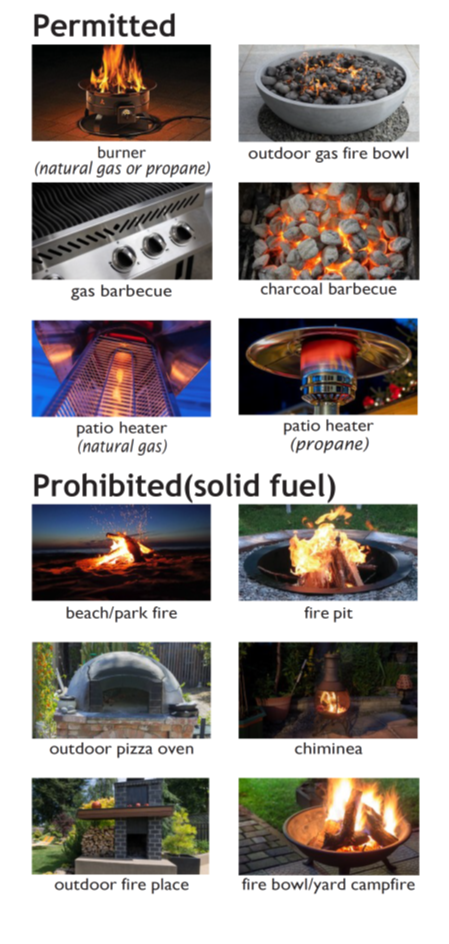
Fire Safety And Prevention City Of Delta

Buyer S Guide To Flueless Gas Fires Direct Fireplaces
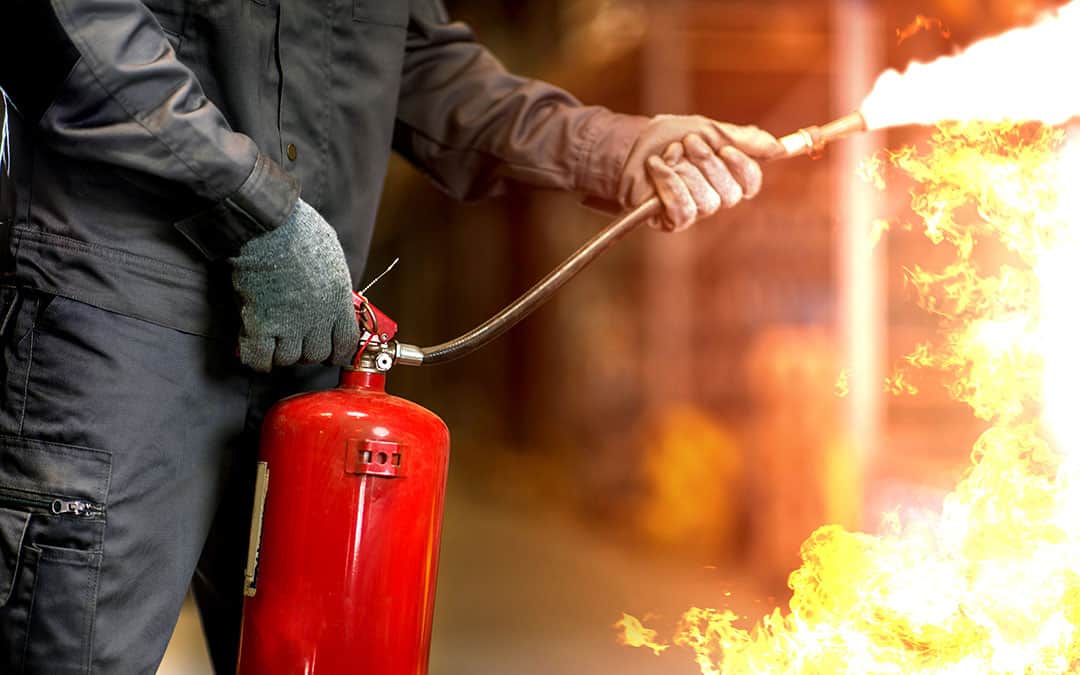
Gases Used In Your Daily Life Calox
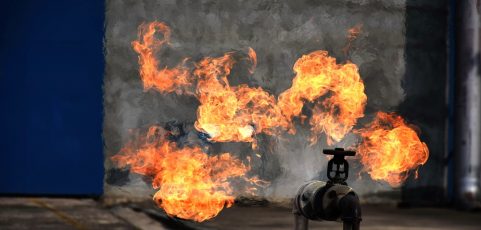
3 Flammable Gas Facts You Didn T Know Gds Corp

Gas Logs Frequently Asked Questions Woodlanddirect Com

What You Should Know About Soot Buildup In A Gas Fireplace
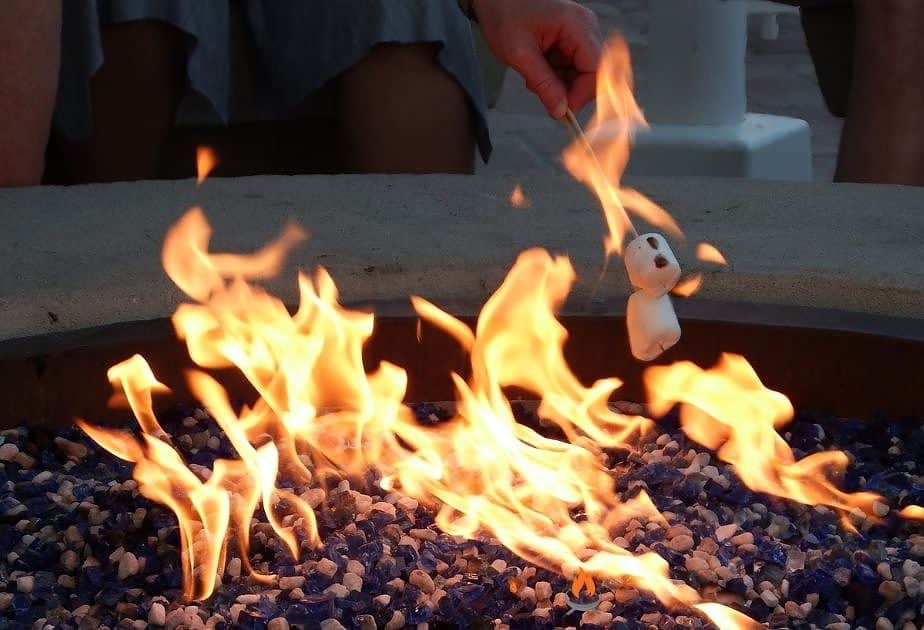
Can You Roast Marshmallows On A Propane Fire Pit
![]()
Fire Suppression Systems For Server Rooms And Data Centres

Large Caliber High Pressure Tpu Layflathose Widely Used In Petroleum Fracturing Mining Mining Agricultural Irrigat Layflat Hose Suction Hose Water Delivery
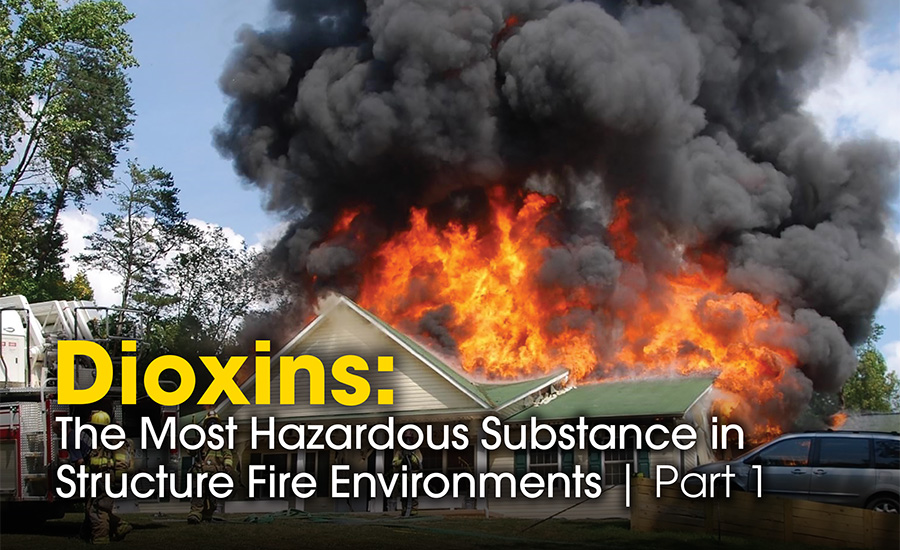
Dioxins The Most Hazardous Substance In Structure Fire Environments Part 1 2020 08 05 Restoration Remediation Magazine

Science Laboratory Safety Signs Hazard Symbol Laboratory Science Science Symbols

Comments
Post a Comment